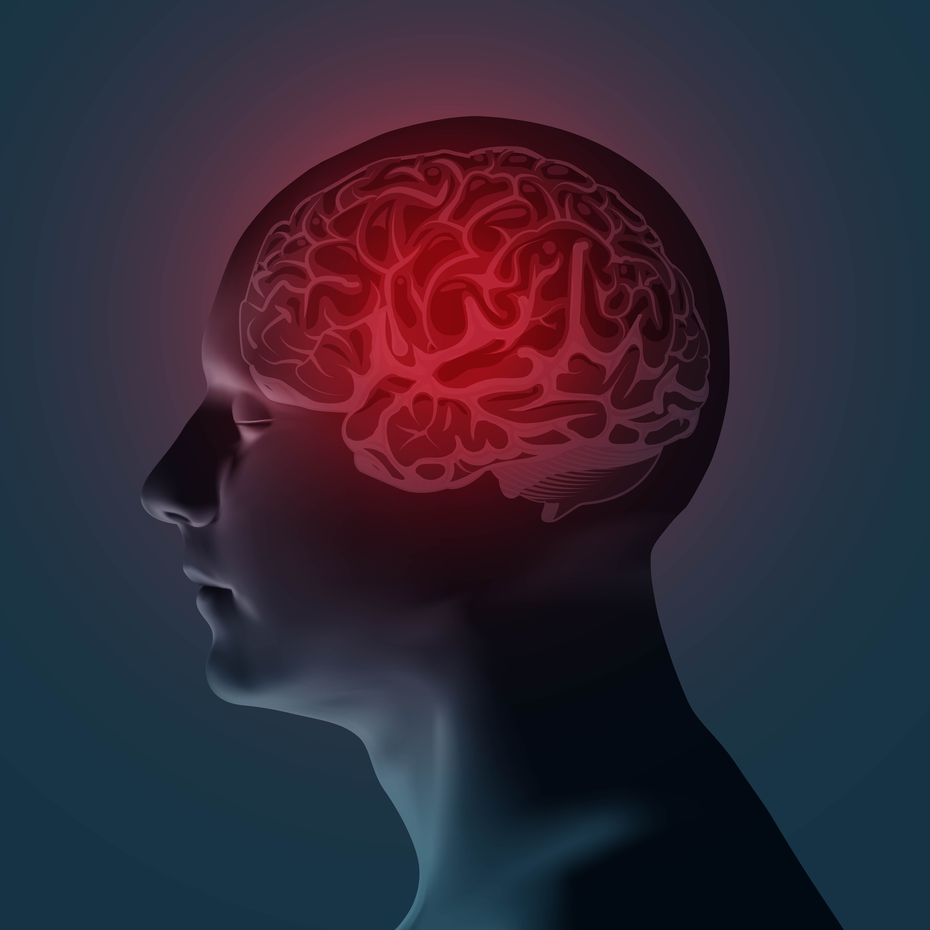Article
Multiple DBS Targets Should be Considered for Patients with PD
Author(s):
A review of clinical trials has shown that GPi and STN targets can be successful in DBS, but all options should be considered based on the needs of the patient.

Adolfo Ramirez-Zamora, MD
Deep brain stimulation (DBS) has shown benefit for patients with Parkinson disease (PD) over the last decade, but a recent review of clinical trials has shown that targeting different areas can produce subtle differences in results.
Led by Adolfo Ramirez-Zamora, MD, an associate professor of neurology and the director of clinical trials at the University of Florida’s Center for Movement Disorders and Neurorestoration, part of the Center for Translational Research in Neurodegenerative Diseases and the McKnight Brain Institute, the review found that while different targets of DBS—the subthalamic nucleus (STN) and globus pallidus interna (GPi)—produce marked motor benefits, targeting should be tailored to the specific situation of the patient at hand.
“It is becoming increasingly clear that understanding the details and subtleties regarding patient selection, target selection, and DBS programming is critical to achieving successful personalized outcomes,” Ramirez-Zamora told MD Magazine. That knowledge becomes even more relevant—and necessary—as medicine trends toward personalized care.
The review examined the differences between STN DBS and GPi DBS for multiple scenarios: its effects on cardinal motor symptoms, gait and axial symptoms, falls, dyskinesia, nonmotor symptoms, cognition, mood, and impulse control disorders. Ramirez-Zamora and colleagues also explored the practical application of the therapy.
Both therapies were found to be effective in treating patients with PD. In regard to cardinal motor symptoms, both GPi and STN targets provided long-term benefits to patients, with very little difference found between the success of the 2.
GPi was found to be preferable for patients with gait and axial impairment, as well as falls. It was likewise the preferred target for patients with severe or brittle dyskinesia due to its effectiveness, whereas STN DBS sometimes results in continuing dyskinesia—particularly when patients struggle to reduce dopaminergic treatments sufficiently. However, if one of the main goals in therapy is dopaminergic medication reduction, the STN was the more advantageous focus.
When there is concern about patients’ cognitive decline and mood changes, specifically when processing speed and memory are concerned, GPi was revealed to be the more successful target. STN DBS was shown to be the more successful choice for patients in the off-medication state.
“I believe that the key word here is education. Movement disorder neurologists are not the only physicians treating PD and other movement disorders and increasing awareness and indications for the therapy among other providers is very important,” Ramirez-Zamora said. “There is a window of opportunity to successfully utilize this therapy and DBS is no longer considered the last option after all interventions have failed. Instead, DBS should be considered when severe motor symptoms are the leading source of disability for patients.”
Ramirez-Zamora and colleagues concluded by noting that the 2 targets tend to complement each another when used to treat a wide variety of symptoms in patients with PD. They stated that finding a single, preferred target for DBS is highly unlikely and that each patient’s individual needs should be addressed by utilizing the therapy with different target options in mind.
The study, “Globus Pallidus Interna or Subthalamic Nucleus Deep Brain Stimulation for Parkinson Disease, A Review,” was published in JAMA Neurology.
Related Coverage >>>
Genetic Mutation Slows Parkinson Disease Progression
DBS Linked to Symptomatic Improvement in Tourette Syndrome
DBS Found Safe for Parkinson Disease Dementia





